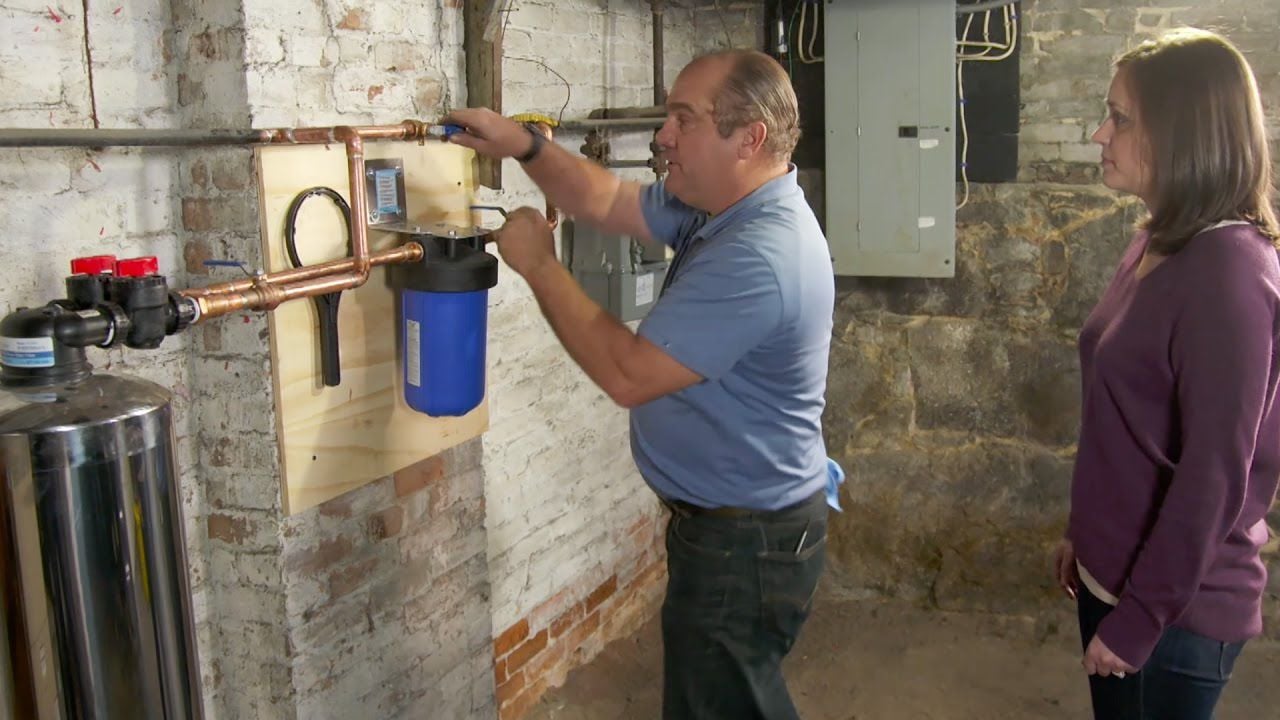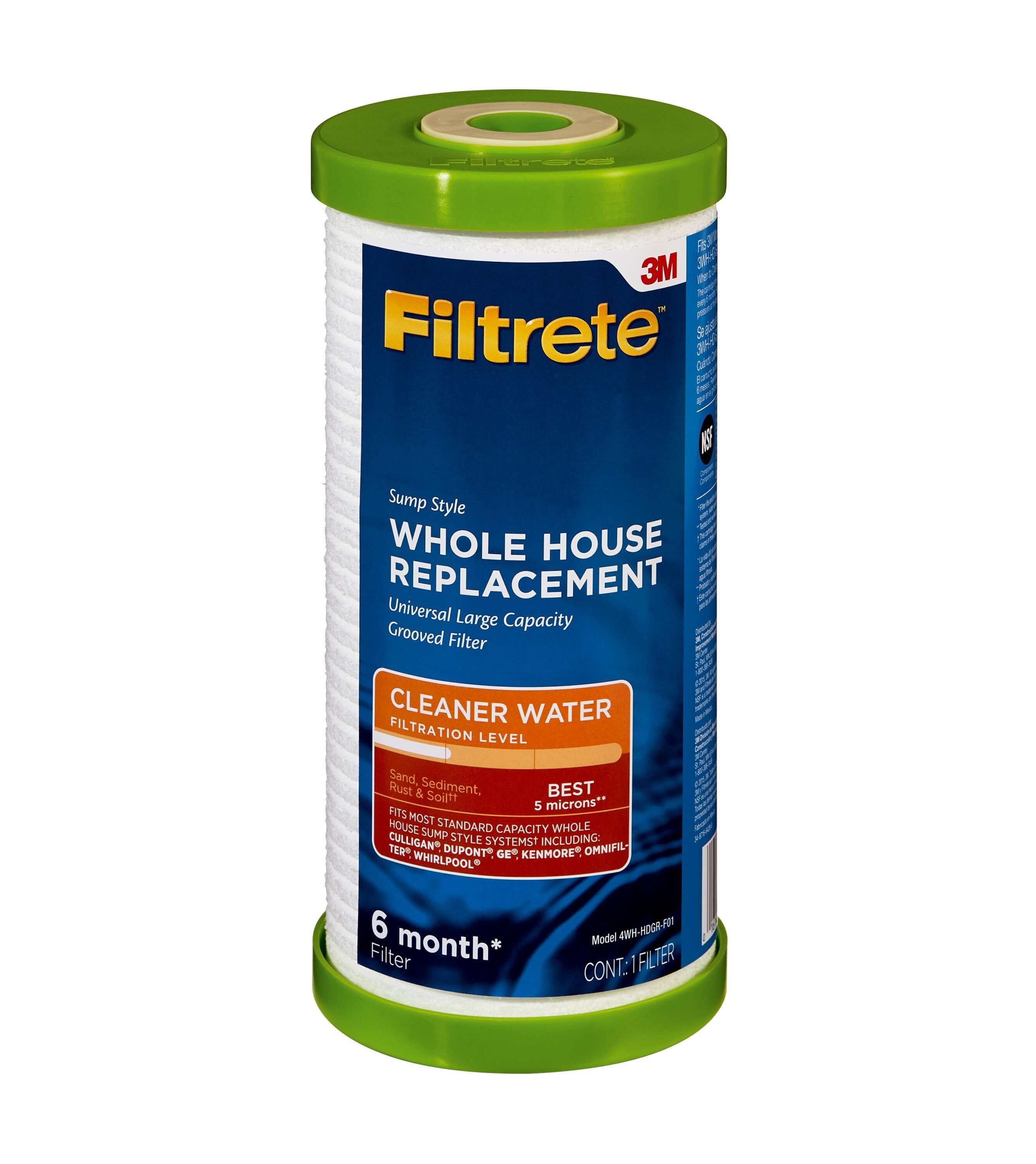Table Of Content

We don’t necessarily think needing a professional is a bad thing, but we also don’t like ridiculously complex installations, and we enjoy seeing companies put effort into making it easier. Additional options include the SpringWell CSS-1 (city water and softener combo) and the SpringWell WSSS1 (well filter and softener combo). All of these models offer superior performance and an industry-best lifetime warranty. The SpringWell WS1 is designed to remove iron, sulfur, and manganese, which means it is not effective against hard water, microbes, salt, herbicides, and pesticides, and nitrates. If you have hard water and combine the WS1 with the SpringWell SS1, you can build a system that will completely treat and filter your water. But if you have any of these other contaminants, the WS1 will not be the most effective solution on its own.
Best for Well Water: SpringWell WS1 (9.6/
Water Filter Pitchers 2024 - Forbes Vetted - Forbes
Water Filter Pitchers 2024 - Forbes Vetted.
Posted: Mon, 26 Feb 2024 08:00:00 GMT [source]
However, this system has a sturdy, stainless steel construction that will last for years to come. Replace the filter for each of the three stages every six months or so, but it's easy to do without dismantling the system. A whole house water filter needs to be installed near your water main shutoff, which is typically in the basement or a utility closet. However, the reason isn’t often because the plumbing is more complex, but correctly setting up the filtration requires additional system knowledge.
Best for Small Homes

Some of the highest levels were found in Camp Pendleton, just north of San Diego. While most of our decision-making came from our own reviewing process, we considered customer reviews during our initial product research, prioritizing those that had majority positive feedback for important, non-negotiable features. So, filter lifespan was something else we specifically looked for when choosing the filters for this list. We shared both cartridge-based systems and tank-based systems in this guide, knowing that their different lifespan and ongoing spends would appeal to different users. When buying a whole house water filtration system, there were four key steps that we took.
What Does Flow Rate Mean?
Customers suggest using silicone grease when installing new filters to get a tight fit and prevent any leaks. Whole house systems are designed to reduce sediment, chlorine and other contaminants, leaving you with cleaner, safer, fresher-tasting water. Based on the makeup of your water, Culligan may recommend a combination of whole-house filtration and water softening.
Changing the cartridge isn’t difficult with most whole-house water filter systems. Just turn the water off and drain the lines, then unscrew the filtration tank(s) and remove the old cartridge. Put a new cartridge in, screw in the filtration tank, and recharge the water system. These water filters use a replaceable cartridge to remove contaminants ranging from 0.04 to 500 microns. Cartridges can include sediment filters, heavy metal filters, organic chemical filters, and more.
These filters have a capacity of 100,000 gallons, which is equivalent to one year of clean water, so you won’t have to worry about changing out the filter constantly. This filter comes with a countdown magnet that you can put on the refrigerator to remind the user when to swap out the filter. Be sure it’s in a reachable spot because you’ll have to change the filter as required. To install, remove a portion of the pipe, fit the filter between, and solder the connections so that they stay put.
Taste and Feel the DifferenceTM
If the water in your home smells or tastes bad, has a strange color, or appears cloudy, a whole-house water filtration system could take care of it all. Whole-house water filters can remove sediments, chlorine, volatile organic chemicals, and improve both taste and odor. While all whole house water filters remove contaminants from your water supply, some work better for well water where rusty discoloration is common or can have a bigger impact on softening hard water. Whole house water filters are available with single or multiple filter stages. More contaminants and impurities are removed as the number of stages increases.

Do You Need an Iron Water Filter?
Some of this sediment will get caught in the greensand filter bed, preventing it from getting into your water but potentially clogging up the greensand filter and decreasing its effectiveness. SpringWell sells this combo unit as the SpringWell WSSS1, which includes the WS1 and the SS1, the salt-based softener reviewed above that earned the top spot in my ranking for hard water solutions. Getting these two units at once is cheaper than buying them separately, and since they come from the same manufacturer, they are backed by the same warranty and there are no compatibility issues. The fifth pro of the SpringWell WS1 is that it easily combines with a water softener to allow you to treat hard water and remove sulfur, iron, and manganese.
“The performance of the water filter depends on the quality of the water source and whether or not the filters are replaced regularly,” Aral said. Some models come with indicators, but if a model doesn’t include one, a slower flow rate or different-colored water are signs that you need to change the filter. Whole house water filtration systems are also known as point-of-entry systems. The idea behind them is to remove or destroy contaminants and harmful pollutants from your home’s water before it can enter the rest of the water system in the house. A relatively simple sediment filtration system for a home can range in cost from $30 to $100 to purchase and install as a DIY project.
If after you install it, you notice the WS1 is flushing itself more than once a day or you can see sediment in your water, you may want to invest in a second pre-filter with a 5-micron rating. This means that once you install the WS1, you will have to spend very little to no money and time making sure it’s working optimally, and you can trust it’s delivering clean, clear water at all times. This means that unless you are on a zero-sodium diet as prescribed by your doctor or live in California, the added sodium produced by the SS1 isn’t going to be a big deal.
It has a 1-inch inlet connection and a maximum water flow rate of 20 GPM, though the filter performs best at 10 GPM. The most efficient water softeners use a process called ion exchange in order to replace those minerals with sodium, making the water less hard. Because whole house water filters remove chemicals and impurities from your water, it can help with your hard water issues. A whole house water filter system works to keep contaminants out of your water while removing sediment, bad odors and taste. It typically connects to your main water supply and filters out chlorine and other chemicals. Some filter systems include water softeners to reduce the impact of hard water.
For each of these reviews, I applied the same testing methodology and ranking system I did here, and also consulted with our in-house water expert, James Layton, to eliminate low-quality products and identify the true best of the best. The advantage of this filter is that it has larger pores so it won’t get clogged as often, and it also uses a mesh screen you can remove and clean. The downside of this filter is that it does have larger holes that will allow finer sediment particles to get through.

No comments:
Post a Comment